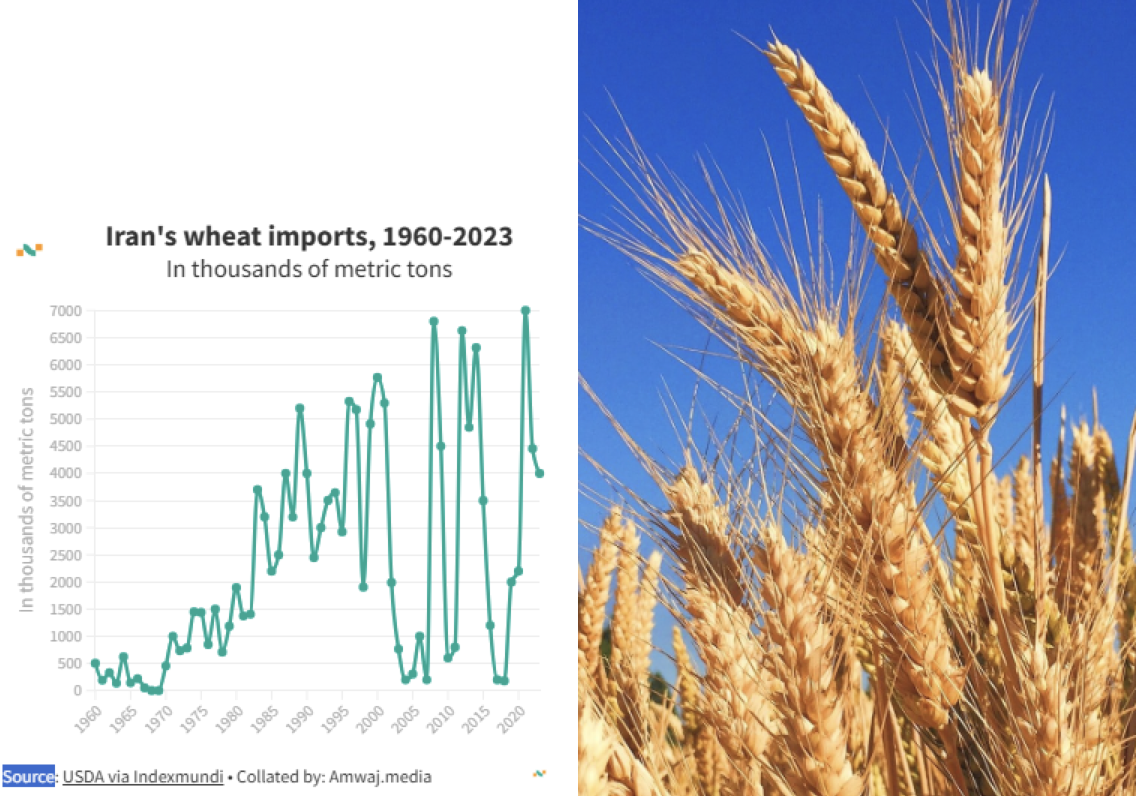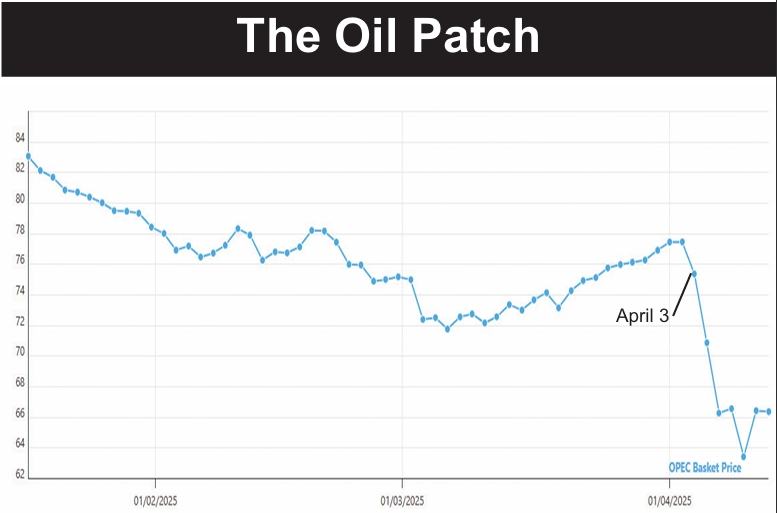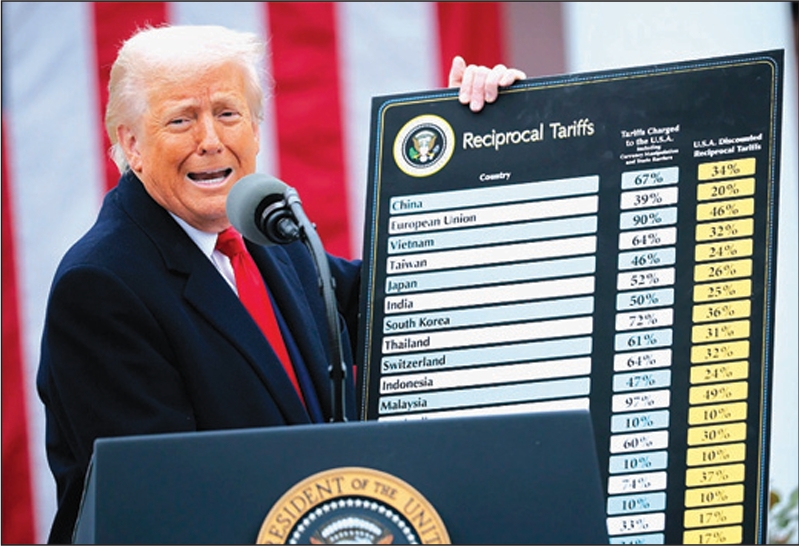in the last Persian year, a figure that would be only 14 percent of the published goal and much less than another official claimed had been created a few months ago.
Official figures on unemployment and job creation have always been all over the map in Iran, to the point that then-President Khatami once called in two agency heads for putting our very different numbers.
But Khatami’s effort to get the numbers to make sense doesn’t appear to have had much impact.
Last week, Mehdi Ghazianfar, the minister of industry, mining and commerce, told the Mehr news agency the country had created 350,000 new jobs in the Persian year that ended at Now Ruz.
That would mean the country achieved only 14 percent of its goal of 2.5 million new jobs, although neither Ghazianfar nor Mehr noted the huge discrepancy.
But back in January, Deputy Labor Minister Hossain Foruzan-Mehr told Mehr in an interview that 1.2 million jobs were created in the first 10 months of the Persian year. That was more than triple the 350,000 jobs Ghazianfar said were created in the entire year.
However, the Labor Ministry figure was only 58 percent of the target for those 10 months.
The government set the goal of creating 2.5 million jobs annually to provide positions for all those leaving school each year and to reduce the unemployment rate to single digits.
But while the deputy labor minister was admitting the regime was barely making half its job creation goal, he still claimed the unemployment rate had been reduced by 2.5 percentage points since last summer. He didn’t explain how that was possible. But numbers are a very rubbery commodity in the Islamic Republic.
It was back in October 2007 that the Statistics Center of Iran announced the unemployment rate had fallen to 9.9 percent—the first time in memory the rate had been below 10 percent.
The news got very little media attention, probably because so few people believe the official unemployment statistics.
Several months later, the Fars news agency said that drop under 10 percent was achieved by counting the country’s homemakers and students as employed.
The Fars news agency quoted an employee of the Statistics Office as saying the regime cut the unemployment rate below 10 percent by tinkering with the numbers. The official was identified only by his last name as Anari. The person gave no statistics.
In most countries, students and homemakers are not counted as part of the work force. That is the way they used to be treated in Iran as well. They are considered neither employed nor unemployed, just outside the work force.
By adding them to the work force and ruling they are employed, the Statistics Office created a much larger base and the number of unemployed was therefore a much smaller percentage of that base.
Even during the Khatami Administration, few believed the official figures. Officials back then announced they had to create 700,000 jobs a year to put all the nation’s high school graduates to work, then acknowledged only meeting 60 percent of that goal, yet still announced that the unemployment rate had fallen.
Before the June 2009 presidential election, the Ahmadi-nejad Administration touted as a great accomplishment the drop in the unemployment rate to single digits. It portrayed that number as proof that Ahmadi-nejad had succeeded in carrying out his 2005 election pledge to create many more jobs.
But after the elections, the Statistics Office abandoned the claim of having cut the rate below 10 percent and said the rate for the spring and fall quarters of 2009 was 11.3 percent.
Few, even in conservative ranks, have appeared to believe any of the figures.
In January 2010, an economist who asked not to be identified by name told the Reuters news service that Iran’s actual unemployment rate, using accepted international standards, would be in the range of 20 percent to 25 percent.
The unemployment rate in the United States last month was 8.1 percent, a high figure for recent decades. At its lowest, the US rate was 3.2 percent in 1929, just before the Great Depression. The high was 24.9 percent at the bottom of the Great Depression in 1933.




















